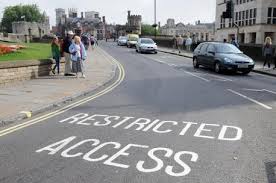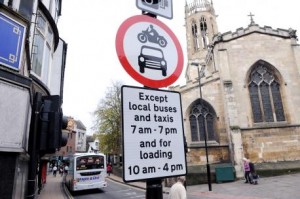Councillors from all parties represented on the York Council have apparently been holding meetings to discuss future transport policies. It is likely that the deliberations will influence the fourth edition of the upcoming “Local Transport Plan”
There have been tensions between the main groups represented on the Council since Labour “bounced” an anti-car motion though the Council shortly after the last local elections.
The motion sought to ban “inessential journeys” within the “City Walls”. No traffic impact modelling was commissioned before the motion was passed. They have subsequently made no attempt to define what an “inessential journey” is or how any such definition could be enforced.
The motion would mean the reintroduced of restrictions/tolls on the use of Lendal Bridge as well as Ouse Bridge.
Labour’s defeat at the last local elections owed much to their traffic ban on Lendal bridge, with its chief architect – Dave Merrett – losing his Council seat.
Now “behind closed doors” meetings have apparently been taking place in an attempt to find a consensus.
There are concerns that Councillors are being bullied into accepting an extreme transport plan fronted by a small number of members from the York Civic Trust. They have used the cover of a retired University transport lecturer to give their plans credibility.
Liberal Democrat Councillors would be wise to abandon this secretive approach to policy formulation. Something more inclusive is needed.
If history tell us anything, then it is that the residents of York will not tolerate a “we know what’s best for you” attitude from its elected representatives.

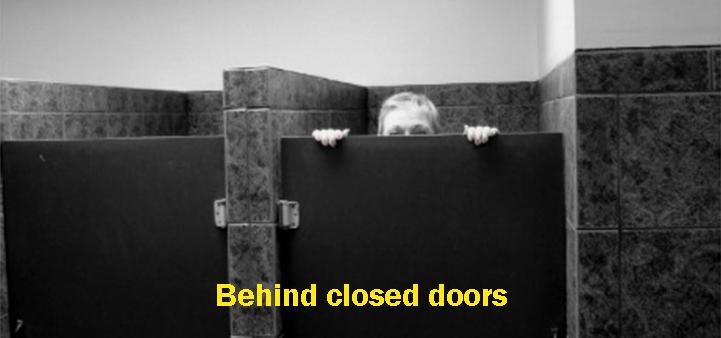
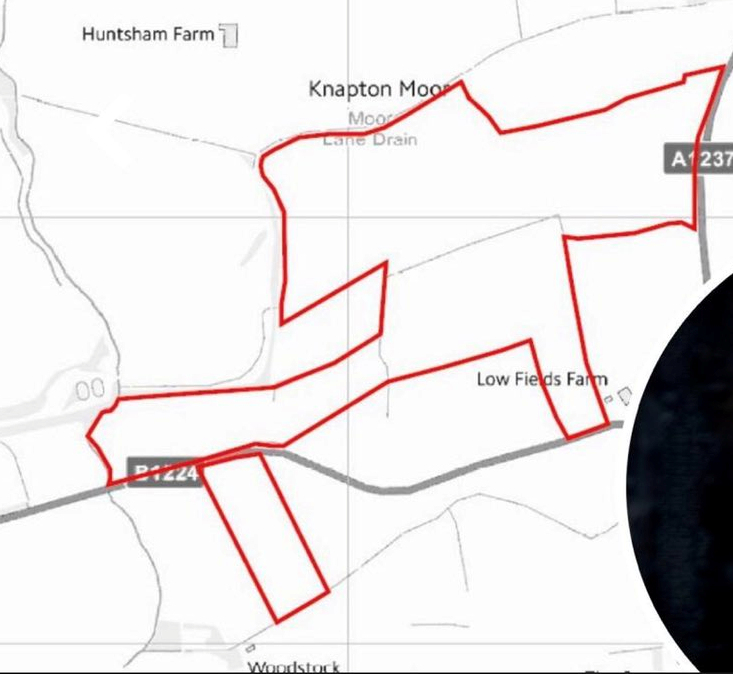
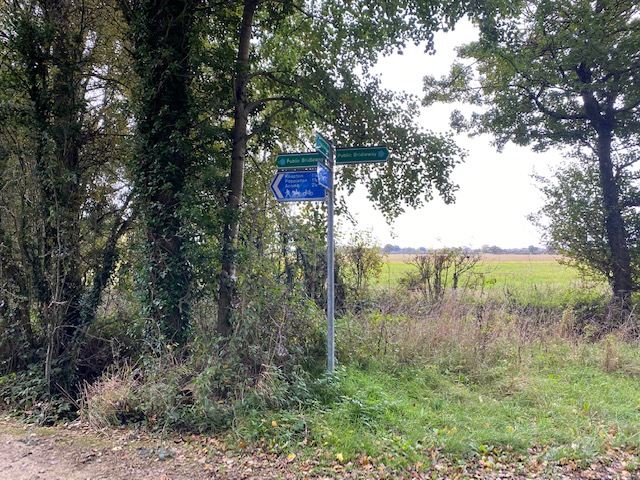
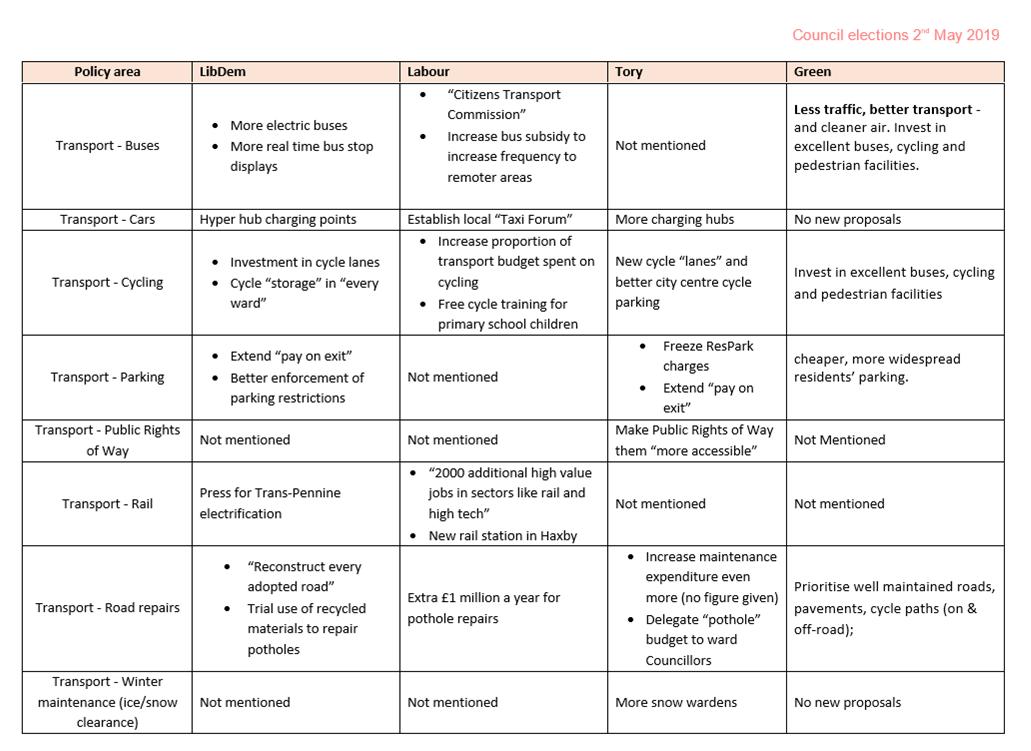



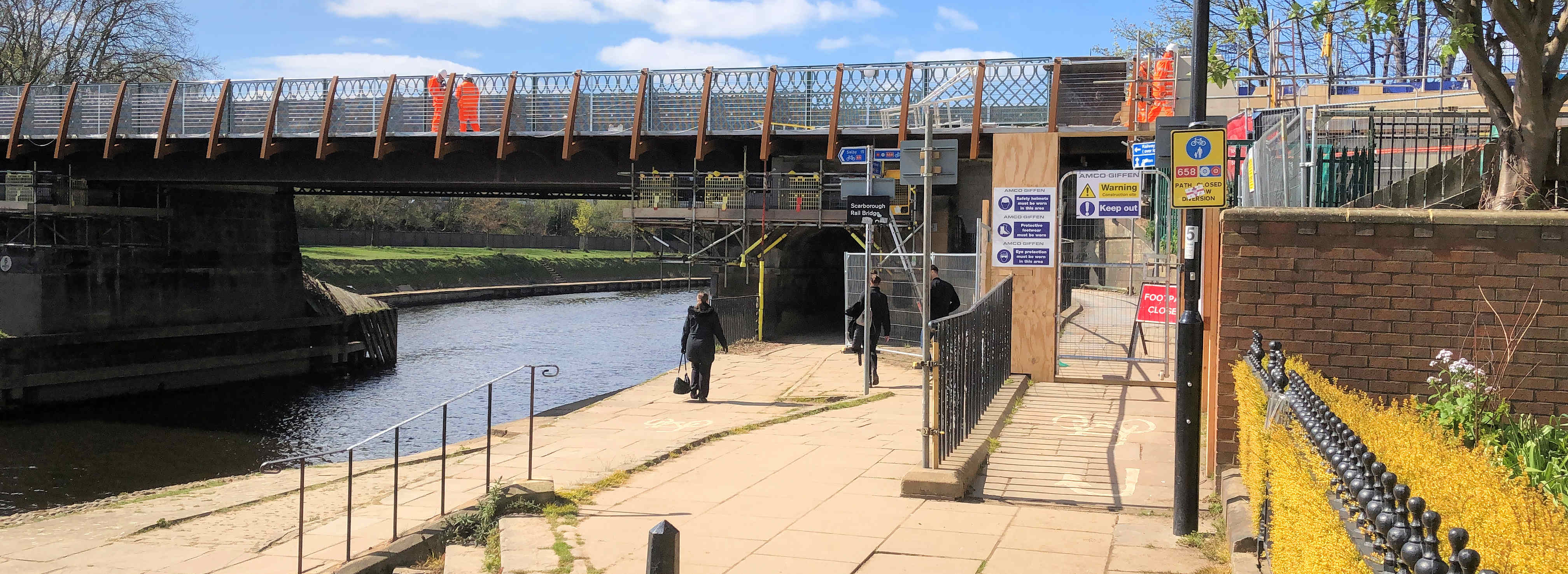
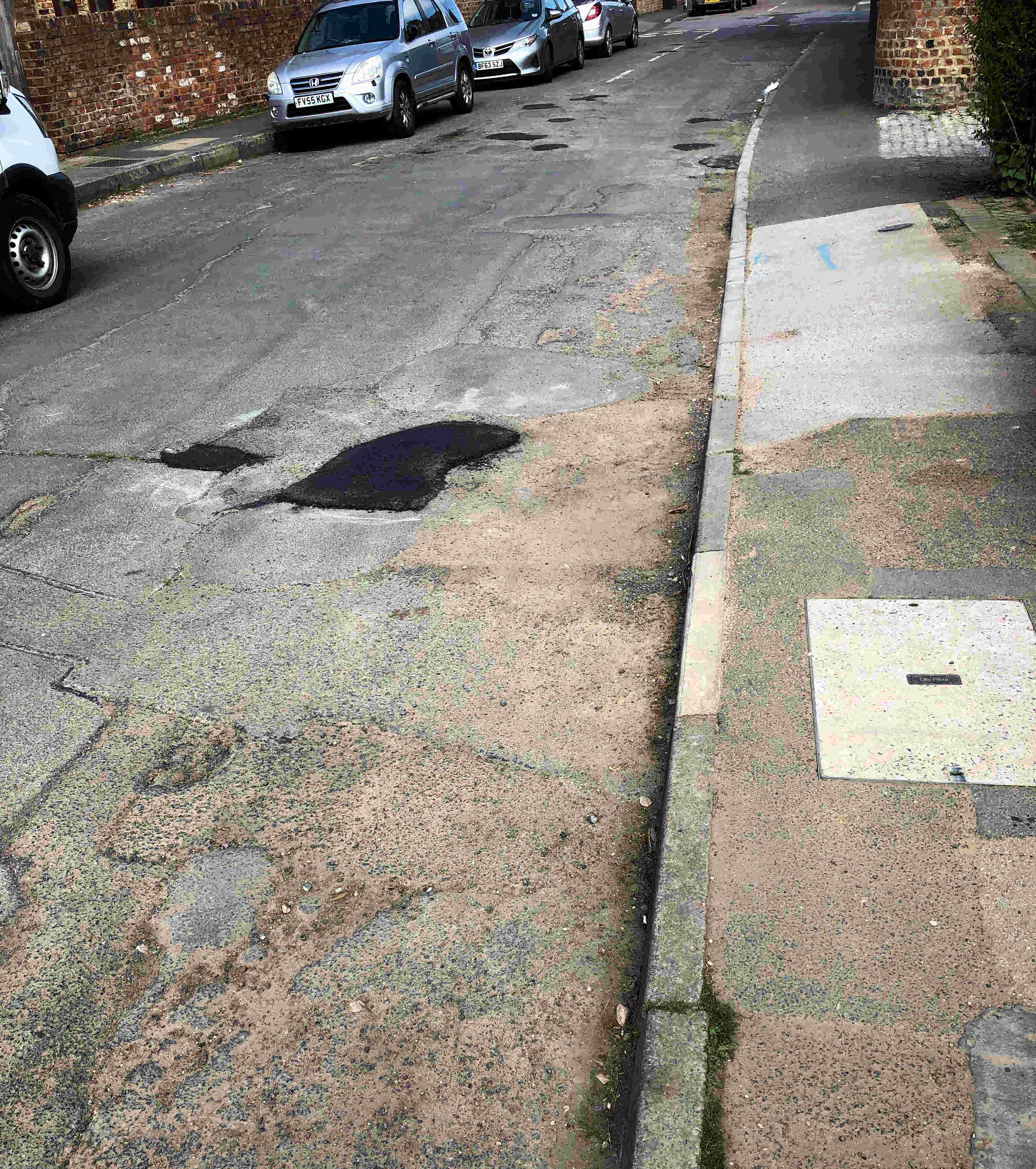
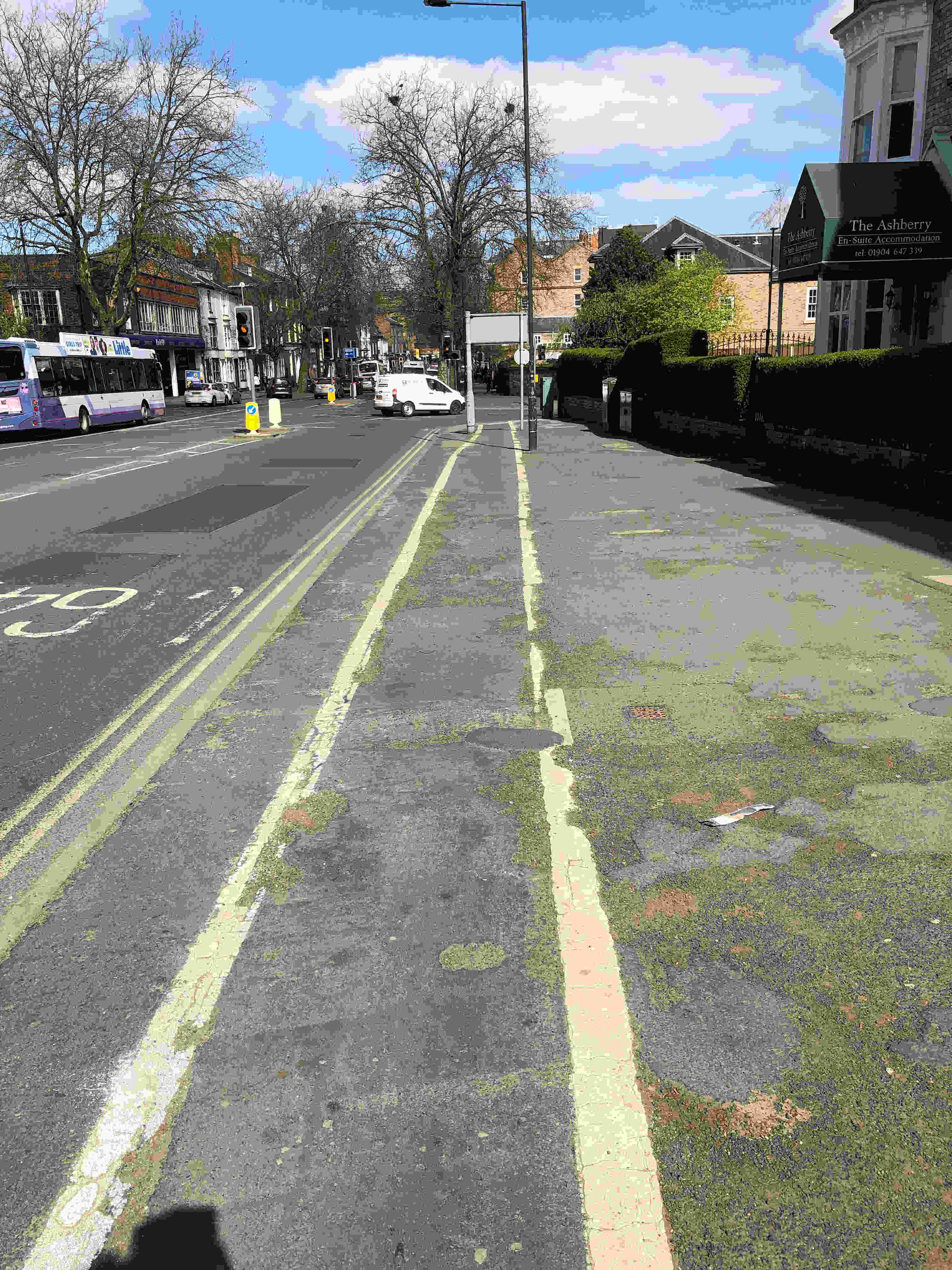
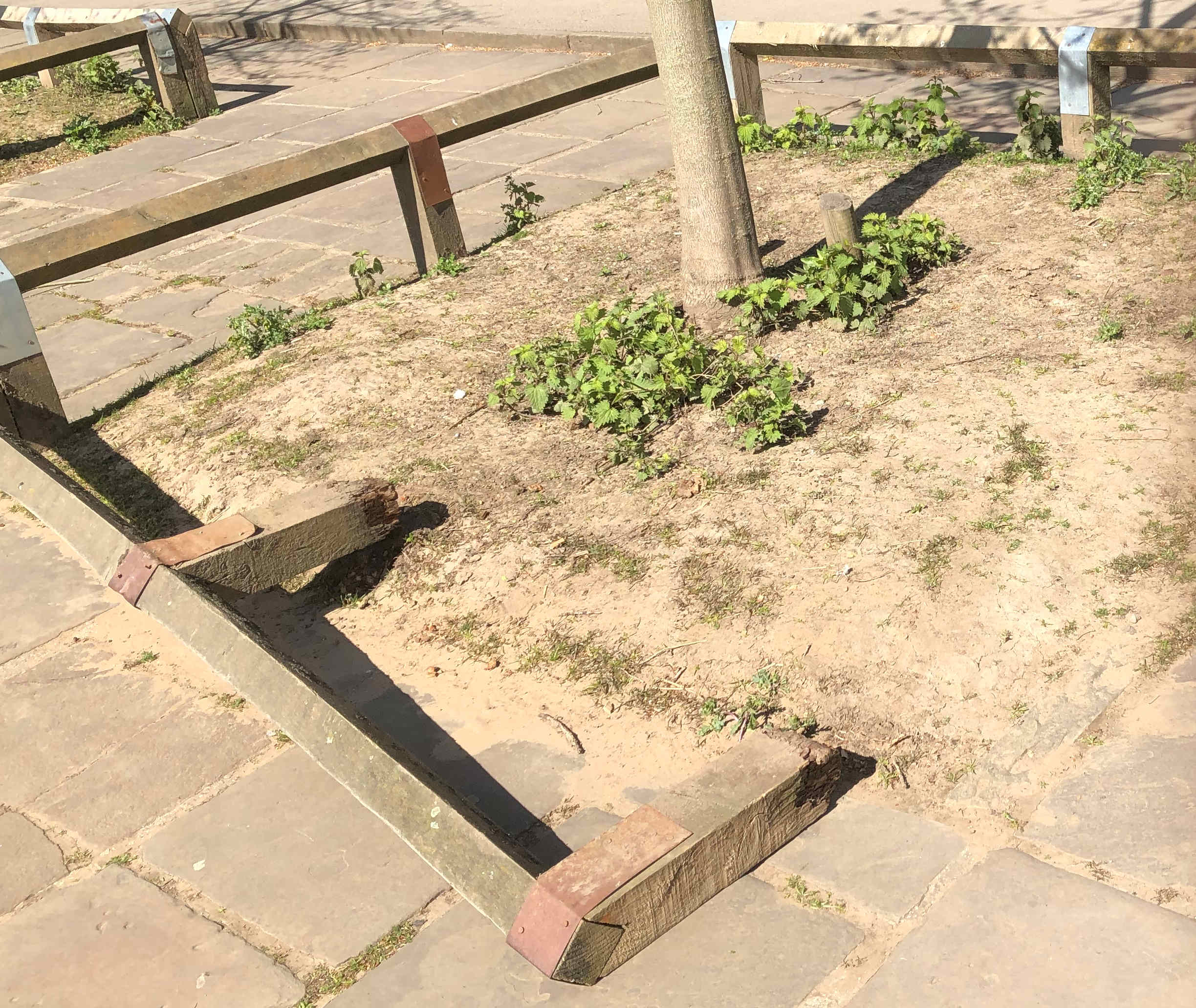
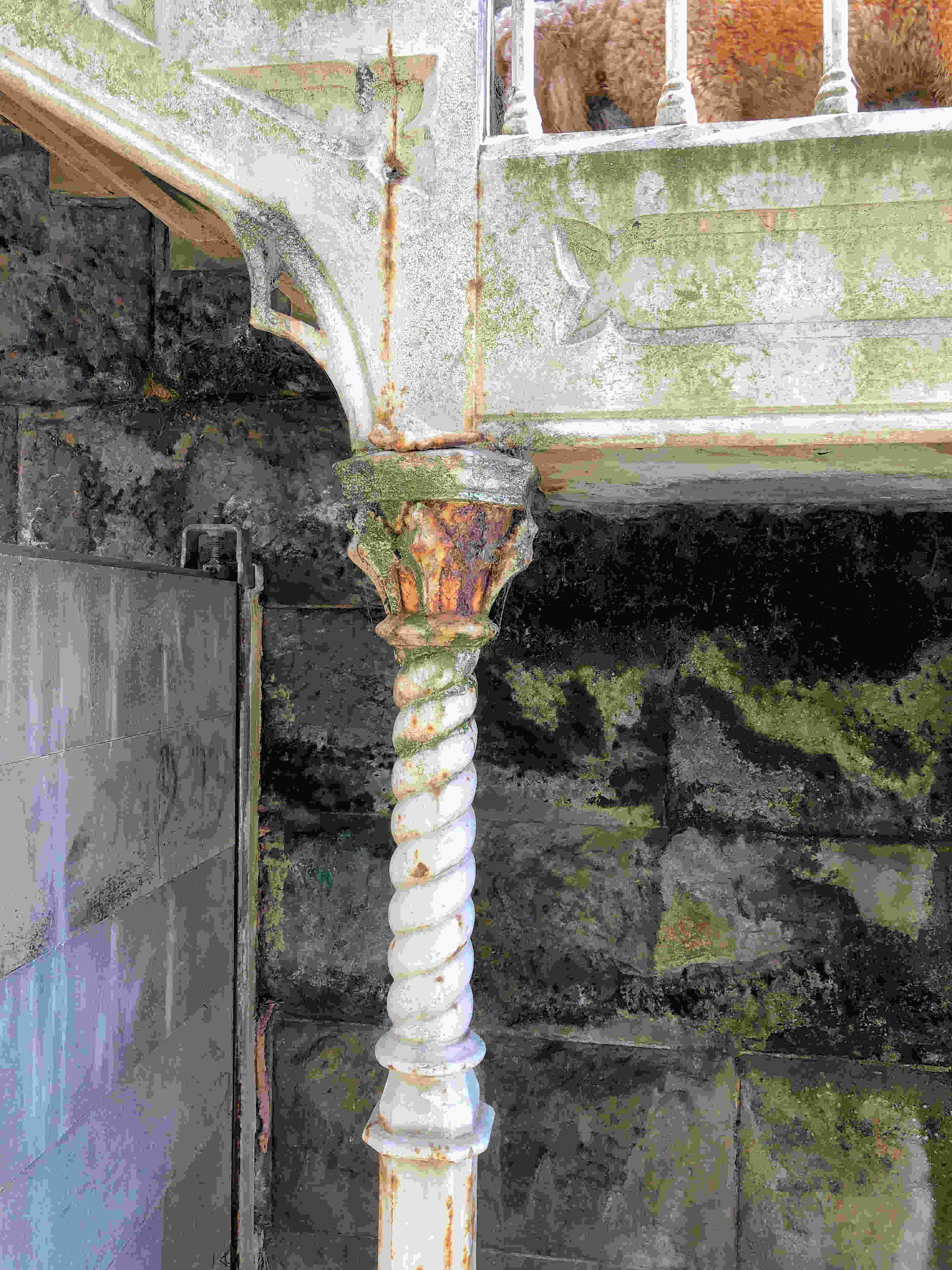
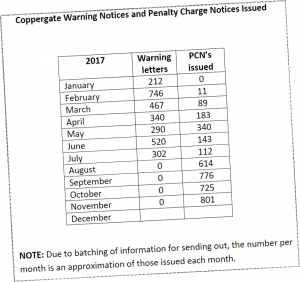 There has been a big increase in the number of Penalty Charge Notices issued to drivers breaking the access only restrictions on Coppergate.
There has been a big increase in the number of Penalty Charge Notices issued to drivers breaking the access only restrictions on Coppergate.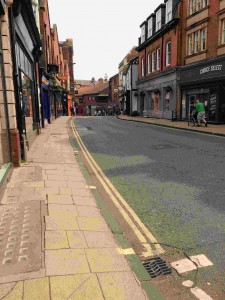
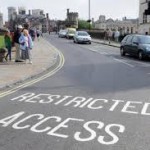 The York Council has paid a private company over £1/4 million over the last two years to help to enforce traffic regulations in York.
The York Council has paid a private company over £1/4 million over the last two years to help to enforce traffic regulations in York.
